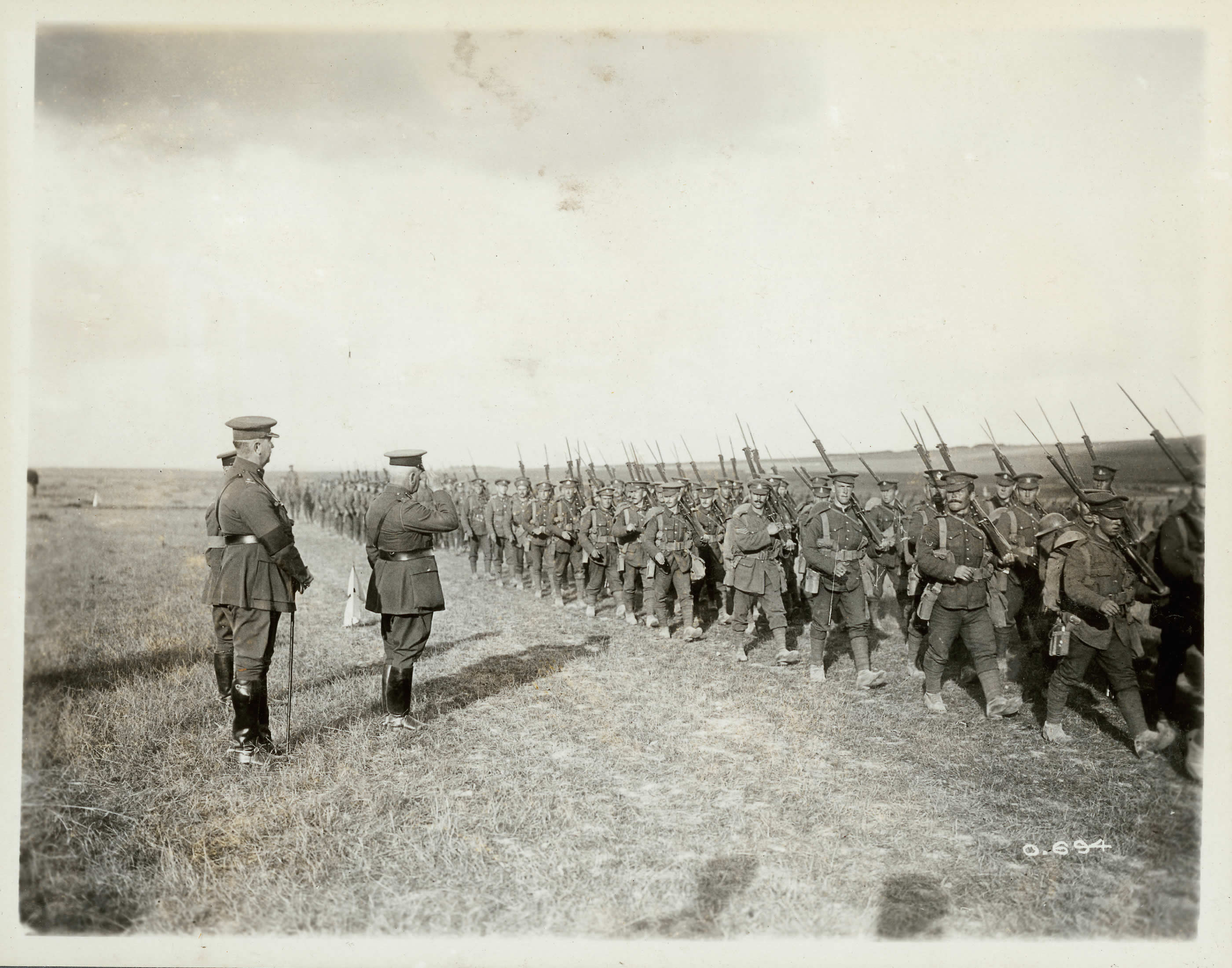There are two issues in what you say.
The first is that losing "that many people is not necessarily a bad thing." It is. If you waste resources - both pay and instructor time and training resources - on people who leave immediately after a summer, then you might as well just burn the money in a big bonfire rather than running a recruit course. Any company that gets only a 5 - 10% return on investment in an activity would drastically change the activity immediately.
I agree that there needs to be something that holds people, but job satisfaction isn't the only thing. Yes. You definitely want to make things so that people are motivated to stay - and I suggest many ways to do that in the book - but you also have to retain the people who aren't thrilled by the army if for no other reason than to fill out the ranks during training (and if necessary war) for a reasonable period of time. In my view, if you concentrate on students, and full summer employment, then you can train NCMs to DP1 status in 14 months (essentially two summer sessions of two to four months each and a winter session of 10 x 2.5 days. After that you demand 24 months of obligatory service consisting of mandatory collective training of 41.5 days per year (ten monthly weekend sessions of 2.5 days and a summer exercise of 16.5 days). For officers it would be four summer sessions (2 months for the first, three months for three subsequent ones) and 10 2.5 day weekends during the winter prior to and during university in order to complete their DP1. The obligatory years of service would be at least three years (and one could stretch that to 4 or 5 if one included the military paying tuition and related costs.) Similarly we could pay for tuition costs for desirable trades training for community college students (mechanics, food services, health services, transport, etc)
What's killing the reserves right now is that with the voluntary attendance format you cannot have viable collective training above platoon, if that. In order to take the next step, a certain, minimal amount of mandatory training is necessary. This is why the KR&O have a section on "ordered to train" which DND doesn't use. The law is there. The will is missing. It's the same for releases. The NDA says you serve until released. Enrolment contracts use terms of service - clean those up and rigorously police attendance.
Conversely, the mandatory training needs to be as little as absolutely necessary and should be rigorously scheduled well in advance so that families and employers can easily fit in. (Yes, Canada needs much better employment protection legislation). One needs to take conflicting priorities and make them meshing priorities.
In addition to mandatory training you open up additional voluntary training opportunities for those with more time and desire to progress beyond the basic DP 1 standard. Add to that reenlistment bonuses for those who are prepared to extend their terms of service. In my book I've coined three different Classes of Reserve service. Class M is attendance for the initial DP 1 training and thereafter on any attendance at the 41.5 days of mandatory training. Class V is voluntary training or employment of any duration which could be additional individual days at the armouries, additional summer training or what we now consider Class B contracts. Finally, Class C is what it is now - a contract for an operational deployment and predeployment training and post-deployment employment.
The second issue, the 15 - or 12 - year issue is solvable in several ways. The first is to have enough RegF staff to take up all administrative functions including the planning of training. ResF leaders should be left entirely to the 41.5 days of collective training. Similarly the rank level for ResF NCMs and officers should generally peak within the company level. Battalion (real battalions of 6-700 consisting of several RegF and ResF companies) should be run primarily by RegF personnel - again with the aim of managing all admin and training organization planning (not to mention equipment maintenance). ResF personnel wishing to rise to the ranks of CWO or LCol and above should be limited to those with the desire to take the necessary training to be able to function at those ranks (and generally be oriented to brigade and above staff jobs rather than battalion command).
Effectively there is no burning need to keep people beyond 12 or 15 years. The CAF should be happy if a ResF member stays for 12 to 15 years and never advances beyond the rank of major or MWO. In a battalion there is only one LCol and one CWO. That's two out of 6-700. If we aim to develop five majors and five MWOs out of 6-700 reservists as a steady state on a 12 to 15 year cycle then it is a manageable task. Much easier than generating 1 LCol, 1 CWO, 3 majors and 3 MWOs out of a pool of 60-100 .




